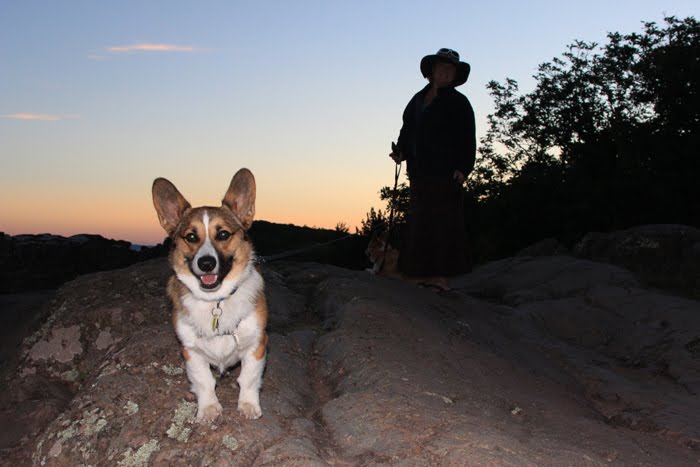Things have certainly changed. I've changed jobs and locations and even what I do in the summers.
This will be my first summer in five years that I will be staying home. Like the oncoming winters in Michigan I am preparing to stay indoors to escape the hot Florida summer weather, except at certain times of the day to water my poor flowers or to mow the grass. I have traded in my snow shovel and ice scraper for a weed wacker and a mower. Something that needs to be done all of the time because I don't like to get the stink eye from the neighbors.
I have some plans:
I will be teaching a summer school class most of June and July at St Johns Country Day School here in Orange Park.
I will then be receiving AP Studio Course Development Training. This year will be the first year this school offers this.
Then it will be time to make art. I am looking forward to working on my own work (not just class samples). This will be a challenge because I will not be at my creative haven, Belvoir Terrace, in Lenox, Massachusetts. Even though I teach and work intensely with the wonderful students there, I also have had the opportunity to be cut off from everything - email, phones and televisions. When I am there, I am focused on reprograming my brain. I strive every second to be in a calmer state. I am more tuned into myself by drawing, painting, reading and then I am better able to tune into people by talking about things that are creative and important.
I did do something different at Belvoir last summer in that I started an Instagram - sketchy_Pam. So even though I had terrible phone service at the camp I continued to use my phone as a camera. It was a challenge to post pictures but I also used instagram as an excuse to visit the Lenox Library were service was pretty good. So, a walk into town and a cup of coffee helped me to share the things I was seeing. I admit that I have always preferred to use my phone more as a camera than anything else. I will be revisiting pictures I've taken these past few years (Instagram and not Instagram) and posting them here or on my other blogs according to how they fit into what I'm thinking about and how they can be influence on my work. I plan to illustrate little stories about these pictures in a kind of fiction.
"Why do we need the things in books? The poems, the essays, the stories? Authors disagree. Authors are human and fallible and foolish. Stories are lies after all, tales of people who never existed and the things that never actually happened to them. Why should we read them? Why should we care?"
"The teller and the tale are very different. We must not forget that. Ideas, written ideas, are special. They are the way we transmit our stories and our ideas from one generation to the next. If we lose them, we lose our shared history. We lose much of what makes us human. And fiction gives us empathy: it puts us inside the minds of other people, gives us the gift of seeing the world through their eyes. Fiction is a lie that tells us true things, over and over."
From "Credo" by Neil Gaiman
 |
| While driving in Florida |































